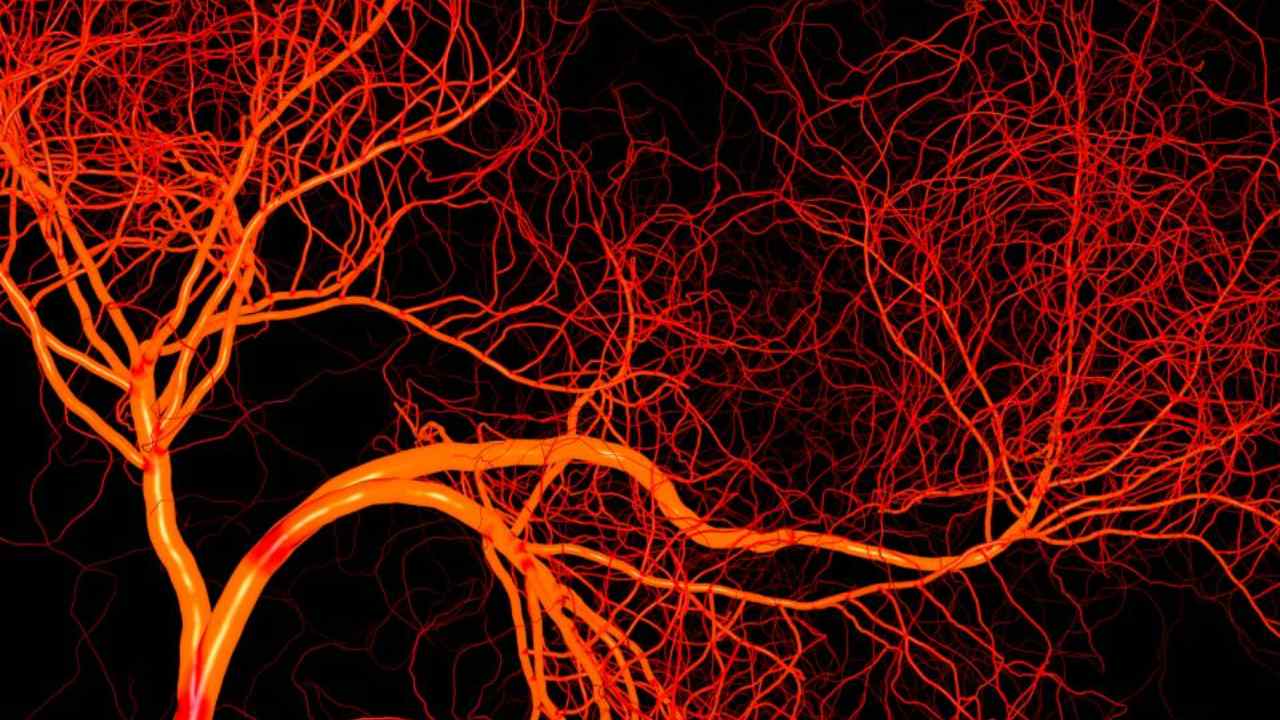Naresh TrehanSep 29, 2019 10:55:21 IST
Many people are of the impression that breast cancer is the number one cause of death for women world over. In reality, heart disease is at the top of that list. Approximately seven times more women will die from heart disease than breast cancer. Even in women with breast cancer, dying from heart disease is a leading cause of death.
A woman is three times more likely to die of a heart attack as compared to men, according to a study published in the Journal of the American Heart Association. This is due to two reasons: first, women are more susceptible to conditions like diabetes and high blood pressure which increases the risk of heart disease. Secondly, while some women are aware of the risk of heart disease, many often tend to ignore its initial symptoms and don’t seek timely medical intervention.

There’s a lot that heart attack survivors can also learn to lower their chance of a future stroke. Image: Harvard Health
Heart disease onset in women
Women are protected against heart disease to a significant extent by the oestrogen hormone. This, however, is only true up until till menopause strikes. Their risk becomes fairly equal to that of men 4-5 years after menopause. Women in the post-menopausal period need to watch their lipid profiles, which tend to show poor cholesterol levels depending on diet and lifestyle. High levels of LDL (bad cholesterol), and low levels of HDL (good cholesterol) and high triglycerides makes them more prone to heart disease later in life.
Since oestrogen protects the heart prior to menopause, women tend to suffer heart attacks 10 to 15 years later than men.
Risk factors for heart disease
Like men, women too, have standard risk factors for heart disease. Apart from high LDL and low HDL levels, other factors like diabetes, family history of heart disease, hypertension, lack of physical activity, and consumption of tobacco and alcohol are all risk factors. Smoking and diabetes are known to affect women’s hearts more adversely than men’s.
Women with a history of recurrent miscarriages are also at high risk.

Blood vessels. Image: Franklin Institute
Symptoms to watch for
While some women have no apparent symptoms, others with heart disease experience ischemic chest pain (a dull, heavy-to-sharp chest pain or discomfort in the chest); pain in the neck, jaw, throat; or pain in the upper abdomen or back. This pain can flare up when one is resting, or during any physical activity.
Sometimes, heart disease may be silent and go undiagnosed until a woman experiences signs or symptoms of a heart attack: heart failure, arrhythmia (irregular or abnormal beating of the heart) or a stroke.
In the case of a stroke, one may experience sudden weakness, paralysis or numbness of the face, arms, legs, especially on one side of the body. Other symptoms include confusion, trouble speaking or understanding speech, difficulty seeing in one or both eyes, dizziness, loss of balance or coordination, loss of consciousness or sudden onset of severe headache.
An unexplained, sudden onset of indigestion, heartburn, nausea, vomiting, extreme fatigue, upper body discomfort, and shortness of breath are some of the atypical features of heart disease, more commonly seen in women.
Detecting heart disease
There are three distinct ways that heart disease can be detected. The first is during a preventive check-up. The second is after one experiences angina (chest pain), and finally, when one suffers a heart attack.
In the first two situations, the patient can be treated to live a normal and healthy life with the help of medicines and lifestyle modifications. But a whopping 15-20 percent of those who get a heart attack usually succumb to the disease. Many more suffer significant damage, impairing their ability to lead a normal, productive life free of restrictions.
Preventive, pre-emptive check-ups are key to early detection and treatment of heart disease.

Heart disease is very misunderstood among women, particularly the signs of heart disease onset to watch out for.
Managing risk factors
High blood pressure, high LDL, diabetes and smoking are key risk factors for heart disease in women, as in men.
Several other medical conditions and adverse lifestyle choices can increase the risk. Cutting down the intake of processed carbohydrates such as white rice, white flour, bakery items, white bread and white sugar, and avoiding trans-fats found in fried and baked foods, and margarine are important. Physical activity of moderate intensity such as walking for 40 minutes at least five days a week can help keep the heart healthy.
If one has a family history of heart disease in a first degree relative below the age of 60 in men and 65 in women, medical advice should be sought for disease prevention and early diagnosis. Preventive screening should start at the age of 30 for such women. If there is no genetic incidence of heart disease, screening should be initiated at the age of 35 years. Regular screening leading to timely diagnosis is the key to a healthy heart.
Maintaining a healthy heart
• Start preventive screening at the age of 30 to analyse health risks
• Keep diabetes, high blood pressure or high cholesterol in strict control
• Eat small, frequent meals every three hours. Indulge in nuts, fruits, salads and small low-fat meals
• Consume a balanced, healthy diet
• Exercise 5-7 days a week for 45-60 minutes or walk 5-6 km every day. Keep weight under control.
• Avoid smoking. Consume alcohol in moderation
• Reduce stress with yoga, music or other any other hobby
In most families, women are the primary caregivers. In addressing the health and wellbeing needs of others for years on end, women may neglect their own wellbeing, which over a period of time can lead to severe health issues. It is important that women pay as much heed to their own health as they do for their menfolk and children to lead a fruitful life.
The author is the Chairman & Managing Director at Medanta, The Medicity.